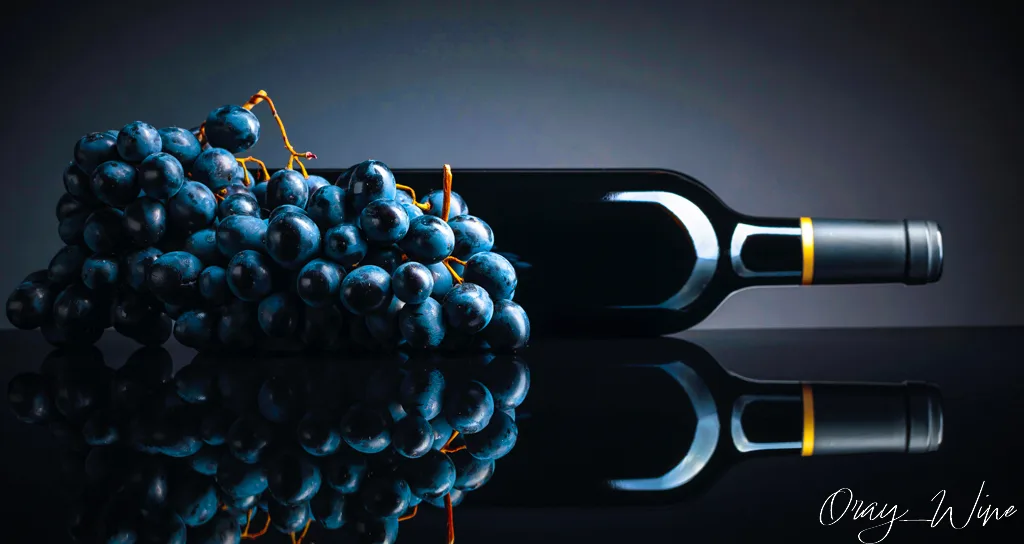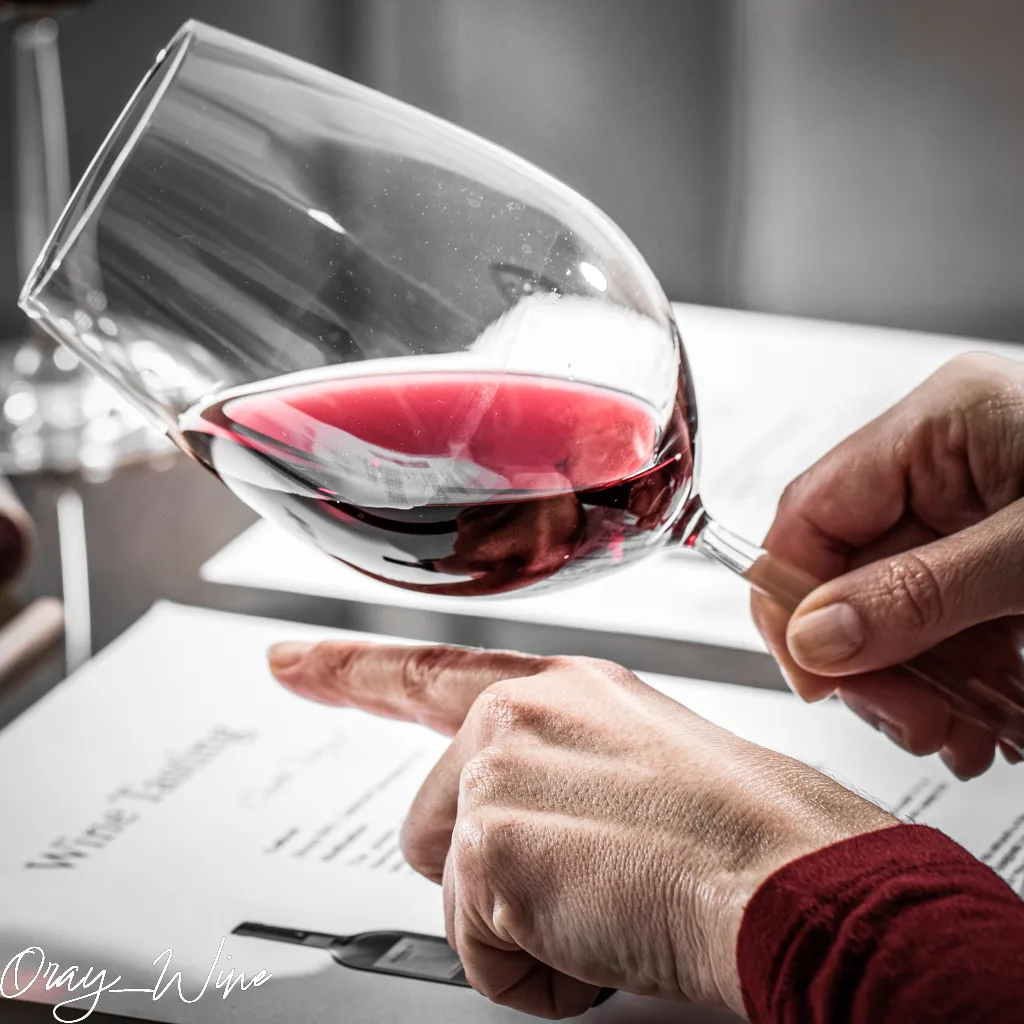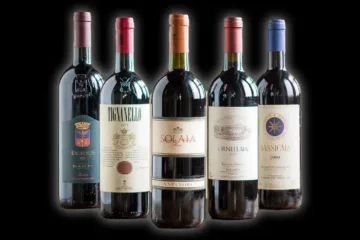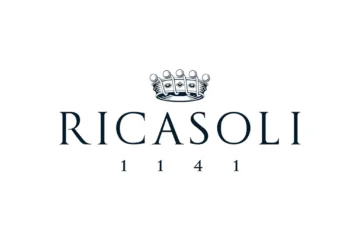
To untutored wine taster, older red wines seem to be softer and gentler than harsh, inky young red wines. Those who notice such things will also observe a change in colour, typically from deep purple to light brick red. There should also be more sediment in old wine than a young one.
All of these phenomena are connected, and they are particularly related to the behavior of phenolics. These phenolics are compounds found in grapes, particularly in the skins, which include the blue/red anthocyanins and the astringent but colorless flavonoids. These elements combine to form the pigmented tannins (tannin-anthocynanin complexes) that give red wine its color and texture.
The process behind red wine aging
During the production of red wine, the majority of phenolics are extracted from the grape skins and seeds. They interact with one another to produce other derivatives, including colored tannins, particularly when tiny quantities of oxygen are dissolved in the wine during operations such as racking, topping up, and later bottling. There is some evidence that these interactions begin during primary fermentation, and by the time they are fully complete, 18 months later, the anthocyanins have mostly been transformed into the derived pigments that give older red wines their color.

Therefore, a high-quality red wine that is ready for bottling may contain colored tannins, a small amount of anthocyanins, colorless tannins, and more complex colloids such tannin-polysaccharides and tannin-proteins. In a bottle, these reactions and aggregation continue. As the resultant polymers and particles grow in size, some of the red/blue pigments and tannins precipitate as dark reddish-brown sediment, leaving wine that is gradually less astringent.
Holding a bottle of wine up to the light to see how much sediment has formed can thus, in some cases, provide an indication of the wine’s maturity (although the amount of sediment deposited is a function not just of time, but also of storage conditions and the initial composition of the wine, for example, phenolic and portein content).

Red wine evolution and its impact on aromas
The effect of the wine on the nose and palate also varies concurrently with these obvious alterations. Numerous flavor precursors that were connected to glucose separate (via a time-dependent, natural process called hydrolysis) and impart their distinct flavor traits to the older wine.
Other flavor compounds that are initially responsible for the primary aromas of the grape and those of fermentation (also known as secondary aromas or “secondary bouquet”) are also interacting, both with one another and with other phenolics. As a result, it is believed that over time, the aroma of the wine gradually changes into a bouquet of tertiary aromas, a much more subdued array of arrangement of flavors that can be detected by the nose.

How to predict the aging potential of a red wine
Aldehydes undergo oxidation. Esters are created by mixing alcohols with the wide variety of wine acids (click here to read more about wine acidity). Since the esters form at such varied speeds, the additional scents produced by esterification in bottles are even more unpredictable. Until other detectable wine components have lessened to the point that the wine’s acidity, which remains nearly constant throughout bottle age, dominates its impression on the palate. Therefore, we can consider that the initial level and quality of wine acidity is a key predictor of a red wine aging potential. However, it is important to note that esterification can make the wine taste less acidic.
The rate at which all of this occurs is influenced by a variety of factors, including storage conditions (particularly temperature), the condition of the cork or other stopper (himidity level is key for natural corks), ‘ullage’ (=air contact) when the wine was bottled, its pH level, and sulfur dioxide concentration. It is to be noted that bothe pH level and sulfur dioxide concentration of a wine can inhibit or slow the all-important influence of oxygen on a maturing wine.
Oenologists know a lot about the maturation of age-worthy red wine, but they can’t forecast with any degree of precision when such a wine would attain “full maturity.”
The term “full maturity” refers to the point in a wine’s development when the harsh tannins have been polymerized (so the harshness has disappeared) and the wine has attained its greatest level of flavor complexity while retaining a minimum amount of freshness (without which the flavors would completely fade).
This relative unpredictability is generally the reason why the red wines considered as worthy to be aged are generally not bought on an individual-bottle-basis but rather on a case of x bottles (usually 6 but sometimes less for very expensive wines). This allow to check the evolution of the wine by opening a bottle from time to time.

Follow me on my Social Media
Wine is a gourmet treasure, do not abuse alcohol!
None of this content has been sponsored
I did not receive any gifts or free samples that could be related to this article


